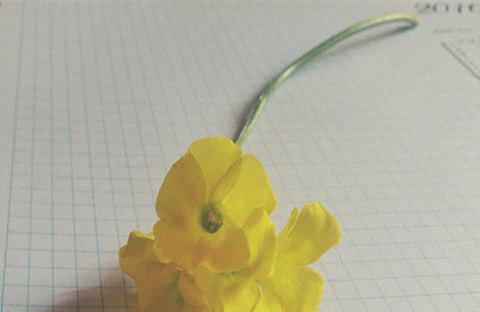七年级英语上学期人称代词八大注意
|
1. 在句中,人称代词应视情况不同而采取其相应的形式:作主语时用主格形式,作宾语(及物动词或介词的宾语)时用宾格形式。例如: We are all students. 我们都是学生。(作主语) Let me help you. 让我来帮助你。 (及物动词的宾语) What's wrong with him? 他怎么啦?(介词的宾语) 2. 在非正式英语(如日常会话)中,若只有一个人称代词作简略回答,常用宾格形式。例如: —I want to play football after school. 放学后我想去踢足球。 —Me, too. (=I want to play football after school, too.) 我也是。 3. 作表语的人称代词有时也用宾格形式。例如: Oh, it's you! 哦,是你啊! 4. 表示推测或自指时,可用it指代人。例如: A: Who's knocking at the door? 谁在敲门? B: I think it is Li Ming. Is that Li Ming, please? 我想是李明。请问是李明吗? C: Yes, it's me. May I come in? 是的,是我。我可以进来吗? 5. 英语中的人称代词排列顺序一般如下: you, he / she and I we, you and they 但在承担责任时,I要放在最前面。例如: I and Jim broke the window of the classroom. 我和吉姆打碎了教室的玻璃。 6. 用and连接的人称代词并列作主语时,谓语动词要用复数形式。例如: You and I are in the same class. 我和你在同一个班。 7. 在带有感情色彩的拟人化句子中,常用he / she代替it。例如: We love our country. She is a great country. 我们热爱我们的国家。她是一个伟大的国家。 8. 人称代词在作“动词+副词”型短语的宾语时,其宾格形式必须位于动词和副词之间。例如: Look at the word. Write it down, please. 看看这个词,请把它写下来。 |








